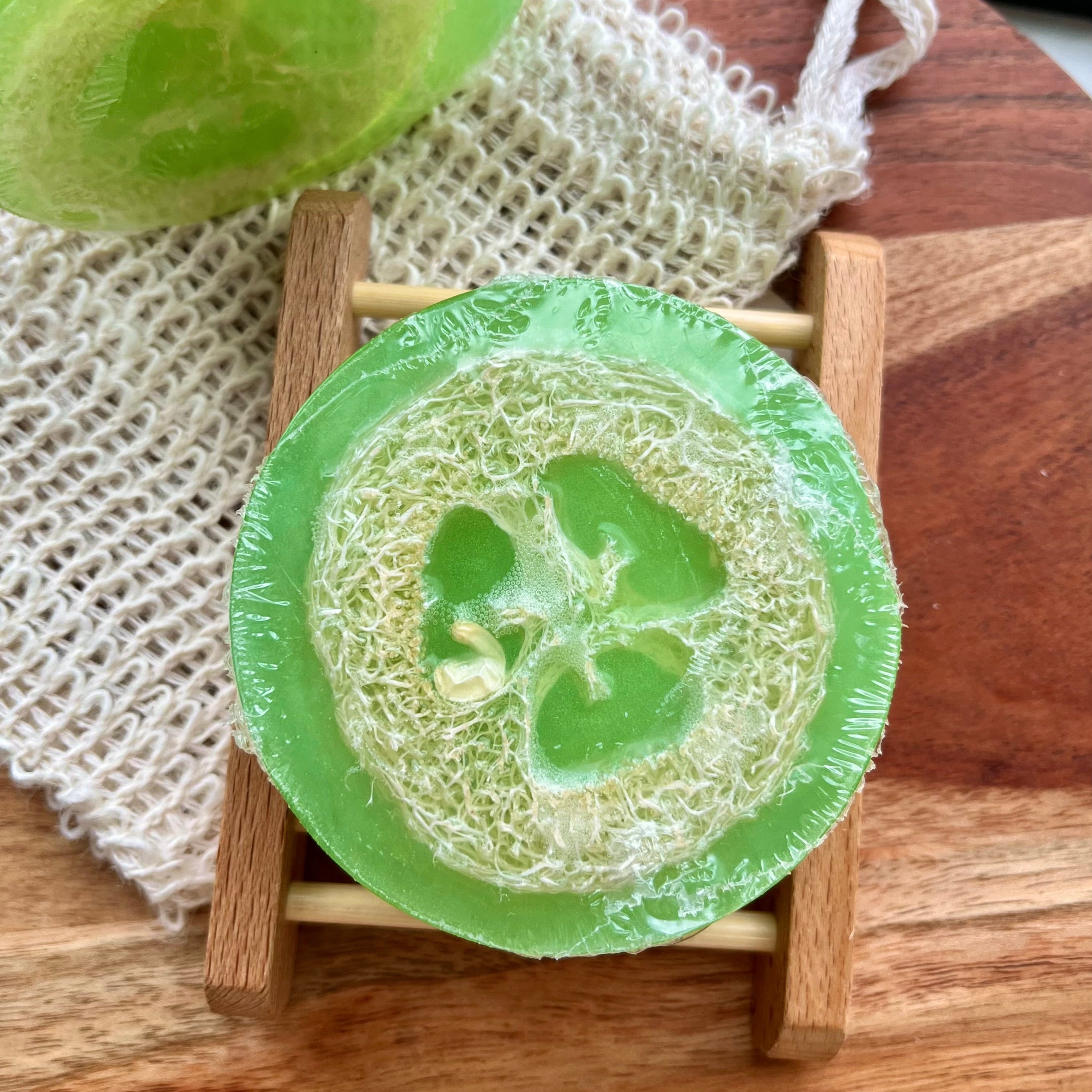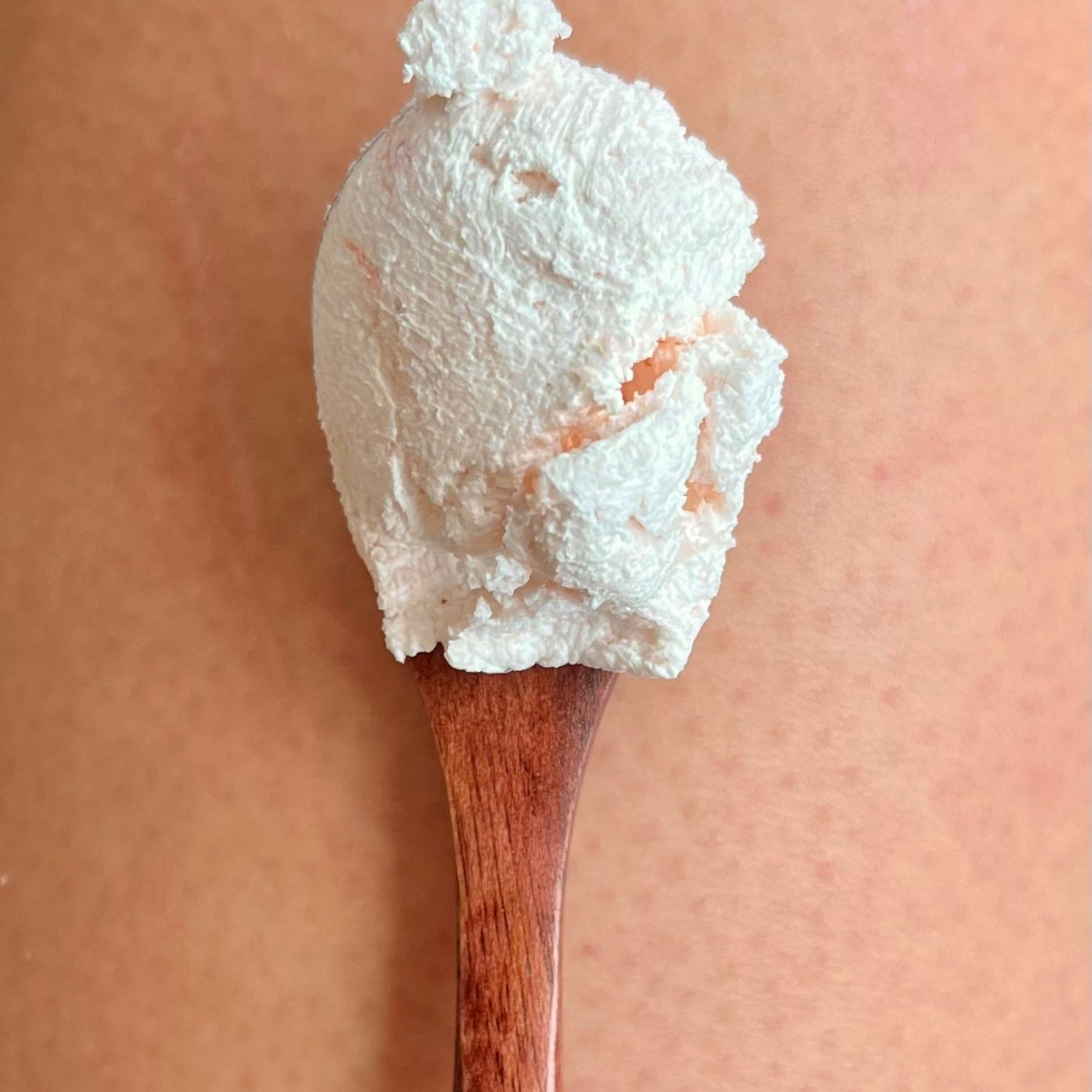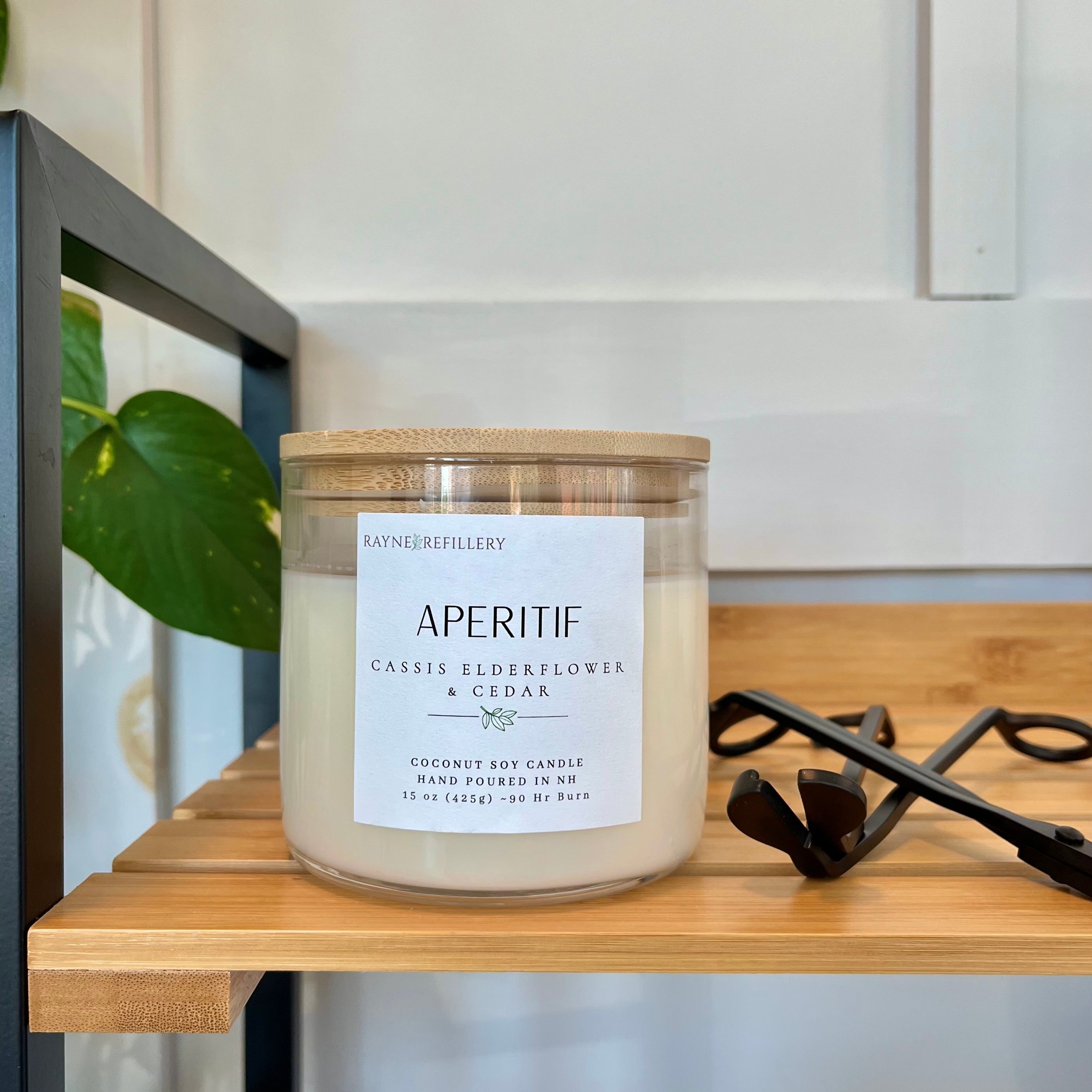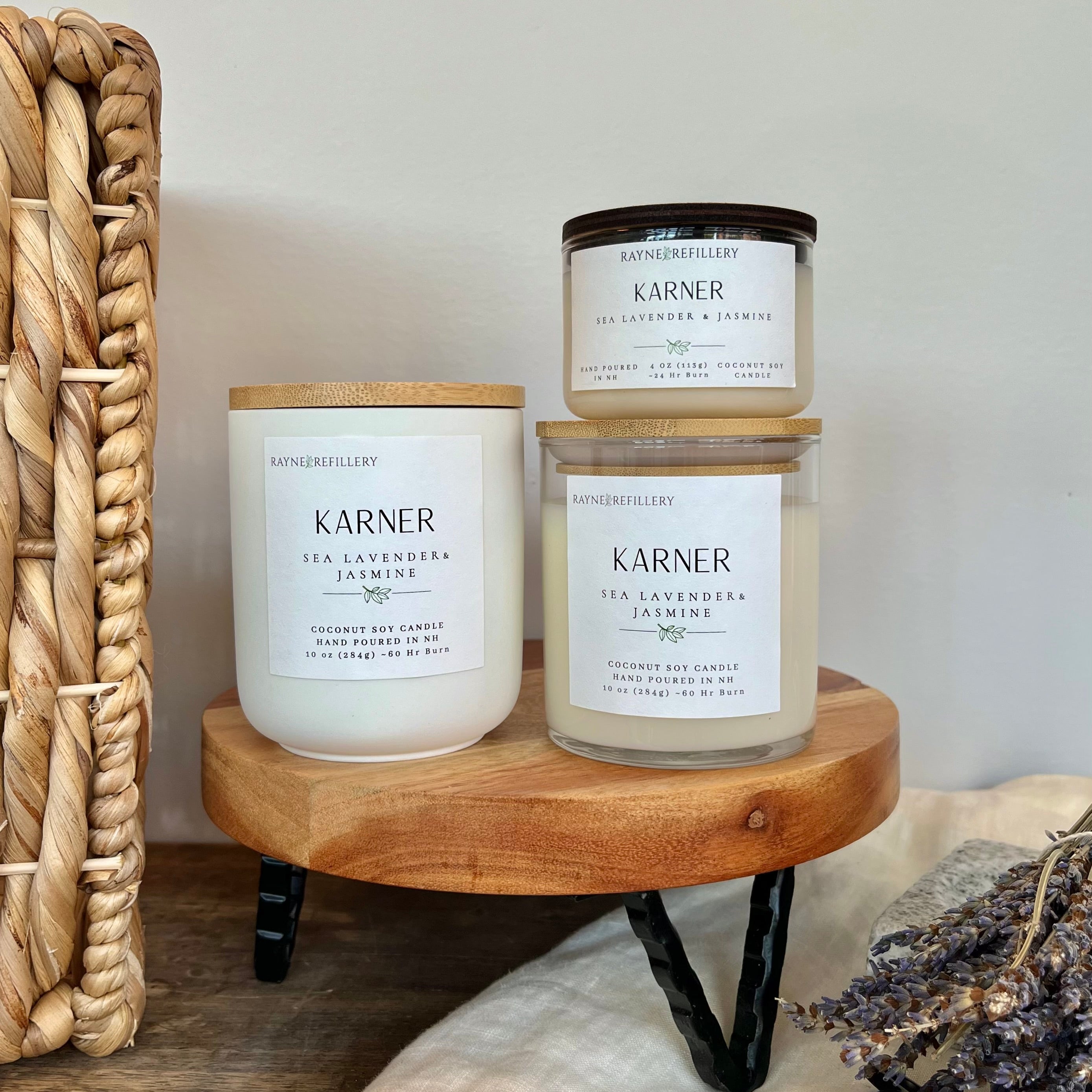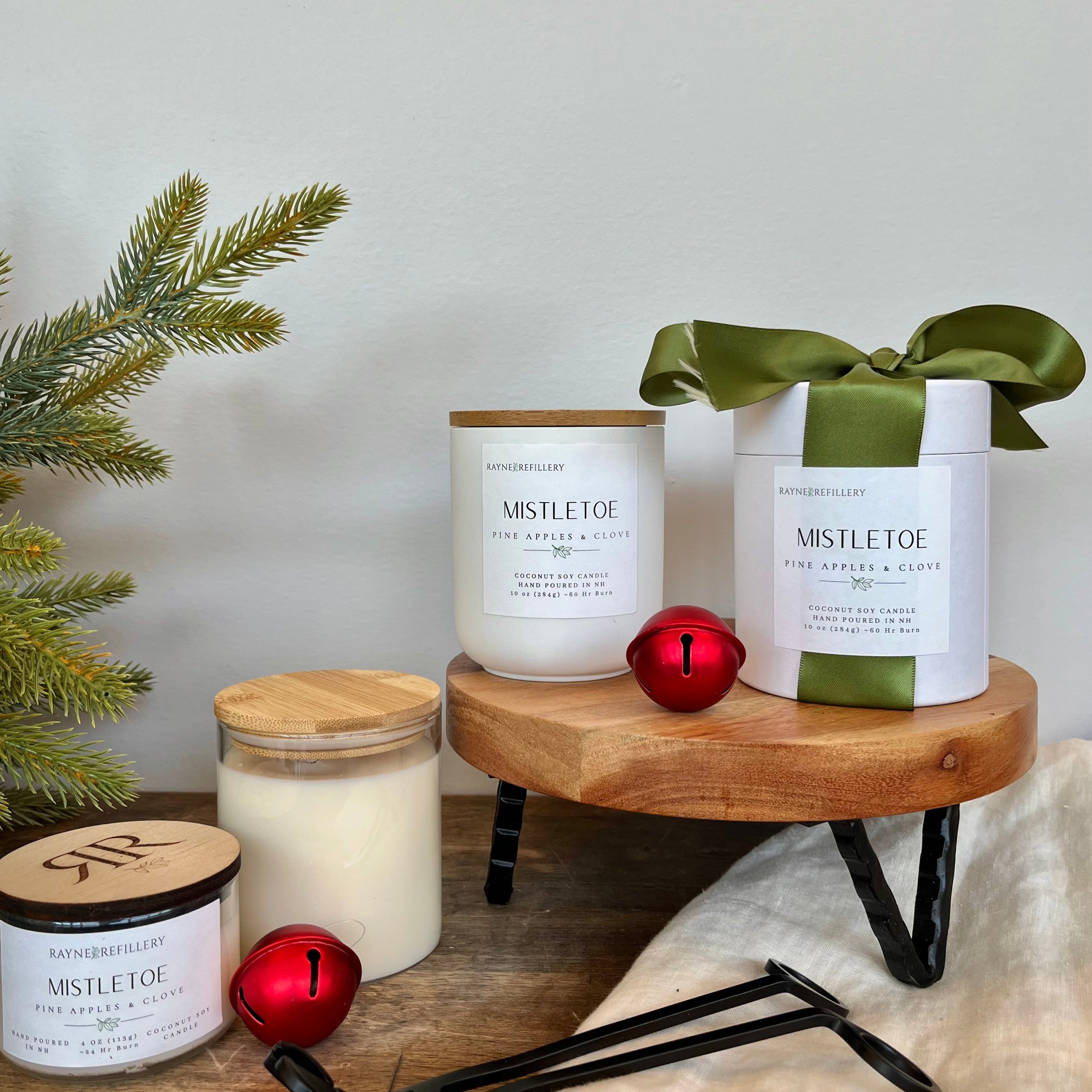If you’re looking for the most eco-friendly dish soap, you're already ahead of the curve. Dish soap seems small, just a product we use multiple times a day without much thought, but its environmental footprint is larger than we realize.
Most dish soaps are packaged in plastic, formulated with unsafe chemicals, and washed straight into waterways where ingredients don’t always break down. When a product touches both our hands and our environment so directly, choosing a safe and sustainable option becomes incredibly meaningful.
Eco-friendly dish soap isn’t just a greener way to clean dishes. It’s a simple daily shift that protects your home, your health, and the planet.
What Makes Dish Soap Eco-Friendly?
A dish soap can only be called eco-friendly if it’s gentle on both people and the planet. That starts with what’s inside and continues through the packaging and end-of-life impact.
Unlike laundry powder (which gets diluted in larger water systems) or body wash (which mostly stays on the skin), dish soap goes straight from our sponge to the drain to the waterways. That means ingredients matter immediately and directly.
A truly eco-friendly dish soap is:
-
plant-based instead of petroleum-based
-
biodegradable instead of persistent
-
& avoids toxic fragrance and dyes.
Sustainability also includes packaging. A plant-based liquid soap in a single-use plastic bottle still leaves a heavy footprint. Eco-friendliness extends to whether the bottle can be refilled, reused, or avoided entirely, like with dish soap bars or glass refill bottles.
The Ingredients Dish Soap Should NOT Contain
The dish soap industry has convinced us that foam equals clean, but that foam is usually created by chemicals designed for performance, not safety.
One of the biggest offenders in traditional dish soap is SLS/SLES (Sodium Lauryl/Laureth Sulfate). These surfactants are highly effective at cutting grease and producing a satisfying lather, which is why companies use them. But they’re typically petroleum-derived or sourced from unsustainable palm oil. These ingredients can irritate skin and leave residue that enters waterways where they don’t break down easily.
Another ingredient to approach with care is toxic or undisclosed fragrance, often listed simply as “fragrance” or “parfum.” This catch-all term can mask a blend of chemicals, some of which may cause irritation or other health concerns. Look for products that use safe, transparent, or naturally derived fragrances, and brands that follow strict safety standards for their scent formulations.
Finally, many dish soaps include bright dyes or antibacterial agents like triclosan, a chemical associated with antibiotic resistance and removed from many consumer goods, yet dish soaps with older formulations may still contain it.
These same harmful ingredients often appear in shampoos and body washes, but dish soap has an accelerated environmental pathway. When we rinse suds off a pan, they go straight to wastewater systems and, eventually, rivers and oceans.
Plant-Based and Safe Ingredients to Look For
Instead of petroleum-based surfactants, eco-friendly dish soaps use plant-derived cleansers, often from coconuts or corn. These ingredients clean just as well but break down quickly and safely.
Transparency is another crucial marker. You should be able to read a dish soap label and recognize most ingredients, things like coconut-based surfactants, glycerin (which moisturizes and helps ingredients blend), or essential oils for scent.
Many eco-friendly dish soaps simplify things even further. Solid dish soap bars commonly contain just a handful of ingredients, usually a gentle cleansing agent, coconut-based soap, and natural oils. These formulas don’t require dyes, thickeners, or preservatives because there’s no added water to stabilize.
If you’ve ever looked at an ingredient list and thought, “I could actually explain what this is,” you’ve likely found a brand that values safety and transparency over marketing.
Why Plastic-Free Dish Soap Is Better for the Planet
Eco-friendly dish soap isn’t just about the formula, packaging is half the story. A plant-based soap in a single-use plastic bottle still contributes to the global plastic waste crisis. We often assume recycling solves the issue, but less than 9% of plastics are actually recycled. Most dish soap bottles end up incinerated, in landfills, or eventually in waterways.
A better solution is to eliminate the bottle entirely.
Solid dish soap bars offer a completely plastic-free way to wash dishes. They last significantly longer than liquid soap because there’s no added water. Many people are surprised to learn that liquid dish soap is up to 70% water, so when we buy a bottle, we’re paying for plastic bottles to ship water around the world.
Another sustainable option is refillable dish soap. No new packaging, no new waste. Sustainability doesn’t get simpler than that.
Spotting Truly Sustainable Dish Soap Options
A truly eco-friendly dish soap is about more than a green label or pretty packaging.
Some well-known brands, like Dawn, are marketed as powerful grease-cutters and even wildlife-friendly, but much of that cleaning power comes from petroleum-based detergents. While effective, these ingredients can irritate skin and persist in waterways, contributing to environmental harm.
Choosing non-toxic alternatives doesn’t mean sacrificing performance. Plant-based soaps, whether in bar or refillable liquid form, clean just as well while being gentle on your hands, biodegradable, and safer for aquatic ecosystems.
Other popular “green” options, such as Seventh Generation and Ecos, offer plant-derived formulas that avoid dyes and some harsh chemicals. These brands are a step in the right direction and are generally safer than conventional dish soaps. However, most of their liquid products still come in single-use plastic bottles, and some scents rely on synthetic blends. Even when safely formulated, those fragrances may not suit people sensitive to scent or those wanting full ingredient transparency. And of course, packaging waste remains an issue.
If your goal is both non-toxic and low-waste, solid dish soap bars or refillable liquid soaps take the lead. These options eliminate petroleum-derived surfactants, synthetic additives, and single-use plastic, offering a more complete eco-friendly solution.
When evaluating a dish soap, ask yourself:
-
Are the ingredients plant-based and biodegradable?
-
Is the fragrance natural or made with safe, transparently sourced ingredients?
-
Is the packaging refillable, reusable, or plastic-free?
If the answer is yes to all three, you’ve found a dish soap that’s genuinely eco-friendly, one that combines performance, safety, and sustainability.
How to Wash Dishes in an Eco-Friendly Way
The product matters, but so do the habits around it.
Turning off the water while scrubbing conserves as much as six gallons per minute. Swapping disposable sponges for compostable loofahs or bamboo brushes prevents microplastics from entering waterways.
How One Simple Swap Can Make a Difference
Every time we wash dishes, we interact with a product that touches our skin, our food, and our waterways. Choosing eco-friendly dish soap is a gesture of care: for our homes, for our bodies, and for the planet. It is a small, daily act that adds up over time.
If you're ready to ditch plastic bottles and switch to a natural, refillable, or plastic-free option, explore our collection.
One sink. One choice. One less plastic bottle in the world.


